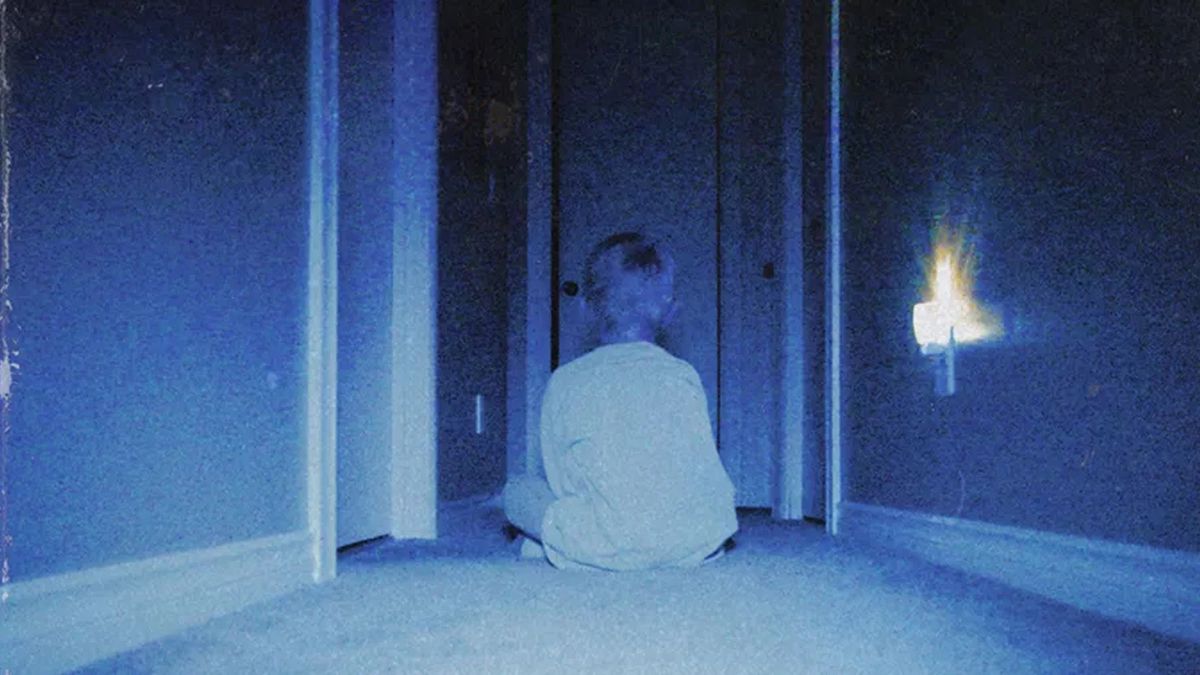Tricks, treats monitored with caution
By Brittany Snow
Staff Writer
Since the late 1920s, Americans have had a Halloween tradition of going house-to-house collecting candy. Although, as the decades progressed, people have started to speculate whether this innocent milestone in one’s childhood has the same meaning as it did once before. Going out once a year in costumes and make-up is an experience adolescents should go through, though with this experience comes a need for precaution to ensure the safety of everyone involved.
One of parents’ biggest concerns is whether or not the treats given to their children are harmful. One of the root causes for this concern could be a result from an incident in 1964 where a woman chose to punish teens she thought were “too old to trick or treat.” According to Time Magazine, the woman handed out dog biscuits, steel wood pads, and ant poison that was marked with a poisonous logo.
“In recent years, there have been reports of people with twisted minds putting razor blades and poison in taffy apples and Halloween candy,” Chicago Sun-Times advice columnist Ruth Crowley wrote.
Razor blades and poison might not be the only odd appearances in Halloween candy. In 2000, parents began to look into their children’s stash of candy, and found that there had been Snickers bar wrappings stuffed with marijuana. The homeowner who distributed these chocolate delights was just as surprised as the parents to find out how this could have happened. After this occurred, investigations spurred. Authorities, as well as the homeowner, who worked in the postal service, discovered that this was an attempt at smuggling marijuana through the mail.
Despite numerous accounts told of how children were being given contaminated candy, multiple of those accounts have been debunked. Only two children have had their cause of death reported to be in result of poisoning from candy.
To ensure the safety of children of all ages, sorting through bags of candy could point out any seemingly mishandled or tampered with treats. Making sure that all candy is in its original, sealed packaging is a major factor in preventing any possible mishaps.
“We do want to check the candy,” says Nichole Hodges, home safety coordinator for the Center for Injury Research and Policy at Nationwide Children’s Hospital in Columbus, Ohio. “At the same time, we have to focus our energies on how kids are actually getting hurt.”
Though tampering with sweets given to children could be a major concern, car accidents are a greater risk children are put in on this particular night. According to a study by Safe Kids USA, children are more than twice as likely to be killed by a car while walking on Halloween night than at any other time of the year. A tragedy such as this could be prevented by parents making sure that costumes aren’t too long, shoes don’t make a child prone to tripping, and masks don’t restrict their vision. Parents accompanying their children also plays a role in preventing this from happening.
Although the annual occasion providing free treats for young children could be seen as putting them at risk, the traditional occurrence could be helpful in a child’s development. Going out once a year, being given large quantities of candy, while being dressed up as their favorite Avenger or Disney princess could be memories that children cherish for a lifetime.

